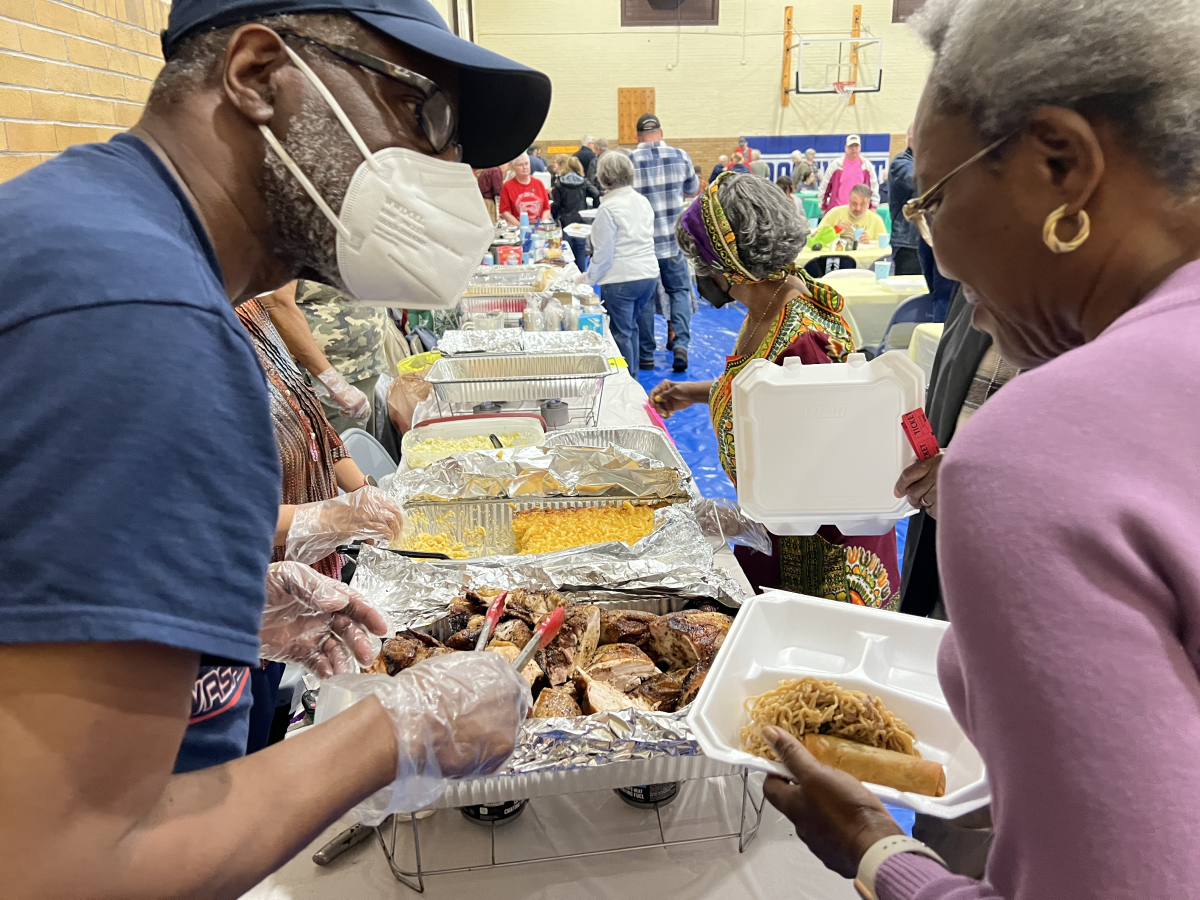Swiftly and violently did the rivers, creeks and streams swell. As the raging water rose in the middle of a night, bursts of lightning illuminated the flood just enough that one could see the angry deluge creep ever closer to homes, to churches, to businesses.
For many, it swept away an entire life’s work of memories and mementos, family histories and ancestral homeplaces. When it finally receded, the muddy waters had claimed 44 lives.
The catastrophic flooding last year in Eastern Kentucky devastated the region. In the immediate aftermath, support from state and federal agencies, charities, celebrities and everyday volunteers from across the United States poured into communities like Breathitt County. The help and media attention were welcome, but for many in Eastern Kentucky, the news coverage and assistance came and went almost as quickly as the flood itself.
Those left behind, however, had only begun the long and arduous trudge down the road to recovery.
That is the story we present here. “When the Water Goes Down” was borne of a simple request to help Eastern Kentucky not to be forgotten. As evidenced in the film’s opening montage, the flooding that tore through the region was heavily covered across multiple national news outlets, from the destruction of life and property to disaster relief and a visit by President Biden. But beyond the drone shots and headlines, and after the camera crews have packed up and gone, there’s still a community in need.
Entire homes and churches were washed off their foundations, and remnants of lives lived — furniture, toys, clothing — remained strewn across the hollows and ridges. Many people were still without permanent shelter, and many others had packed up and left the only home they had ever known.
Here, we tell some of the stories of those who decided to remain: A country preacher trying to shepherd himself and his congregation through the recovery; a woman who — though rebuilding her life for the second time — has never lost her faith in God; a firefighter who helped rescue people; an elected official who is determined that his constituents are not forgotten; and several others who are rebuilding, reviving, and recommitting themselves to their neighbors and community. The film utilizes an expository structure to not only amplify the voices of the overlooked, but to push back against persistent preconceptions of the region, its people, and their place within the United States and the world.
It is a story at turns heartbreaking and inspiring. It is an important story, too. “Don’t forget us” is a refrain we heard while filming. This documentary is our way of letting the people of Breathitt County and Eastern Kentucky know that we haven’t — and won’t — forget them.
Editors note: A pair of filmmakers joined a journalist representing two publications, Appalachian Places and 100 Days in Appalachia, during a visit with residents of Eastern Kentucky to record their stories three months after the devastating flood of July 28. The combined effort resulted in the documentary film, “When the Water Goes Down,” which shares its title with a song featured in the film. This introduction to the film is co-published with Appalachian Places, a digital magazine published by the Center of Excellence for Appalachian Studies and Services at East Tennessee State University. Sign up for their email newsletter here.
Skylar Baker-Jordan is the Contributing Editor for Community Engagement at 100 Days in Appalachia. He is a graduate student at East Tennessee State University in Appalachian Studies, and a staff member of Appalachian Places. Subscribe to his weekly newsletter of updates throughout the region here.
P.B. Cooley is a graduate student at ETSU in Appalachian Studies, and is pursuing a graduate certificate in film production.



